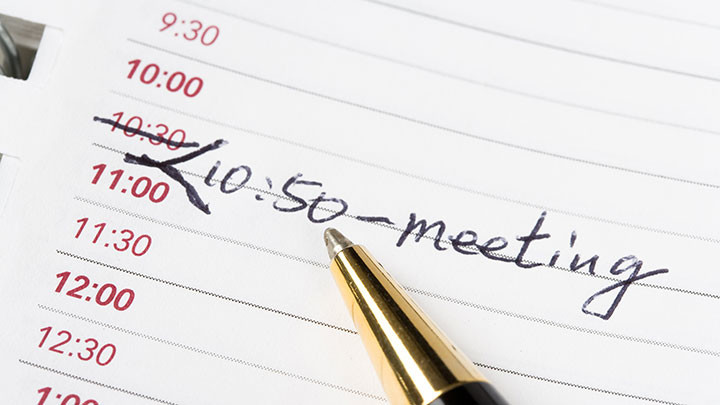Help with Mood Disorders

Mood Disorders as a Secondary Symptom of ADHD
Mood disorders frequently occur with ADHD in adulthood. In fact, many sufferers have great problems experiencing and controlling their emotions.
Typical mood disorders include:
- Irritability – Tantrums in response to supposedly inappropriate criticism ("affect lability")
- Outbursts of rage (lasting a short time)
- Fluctuating Mood Swings ("moody") – Mood swings last from just a few hours to a maximum of a few days
- Stress vulnerability
- Quickly becoming disappointed or frustrated (low frustration tolerance)
Read here about which countermeasures to use.

Identifying "Mood Killers"
Which situations affect your moods? Go on a search for clues. The more you know which factors have an adverse effect on your inner balance, the sooner you will see what needs to be adjusted in the future
Typical Mood Killers:
- Postponing activities
- Lack of planning, such as at work
- Guilty conscience because things have not been completed
- Too much consumption of alcohol, caffeine and/or nicotine
- Irregular bedtimes
- Lack of exercise
- Boring tasks
- Unwanted participation in activities that require longer periods of sitting (such as cinema visits)

Adequate Sleep
Anyone who is not well rested is naturally irritable and prone to stress. So make sure you get sufficient sleep. Six to eight hours is ideal for adults. You should also follow your inner sleep-waking rhythm. Are you an early riser (a "lark") or a night person (an "owl") – pay attention to the sleep times that are best for you.
Extra tip: Limit your consumption of nicotine, caffeine and/or alcohol.

Exercise
Get active! Exercise also reduces your inner stress. Endurance sports such as jogging are ideal. But also additional exercise in everyday life can also add to your "exercise account."
For example:
- Taking the stairs instead of the lift
- Going for a walk on your lunch break
- Cycling to work

Dividing Your Workload
Give it some realistic thought: How much work is possible to complete in how long? Often it is impossible workloads that make our inner balance flounder. If you cannot complete the work, then frustration and feelings of failure are inevitable.
Try dividing larger tasks into smaller to-do portions and schedule breaks between each step. You'll soon see the light at the end of the tunnel again.

Structuring Your Daily Routine
Create more peace in your everyday life – by means of a structured daily routine, so you always know exactly what to do and what to expect. This way, you can also improve your work results. More structure often also has a positive effect on leisure time, which can ensure more inner satisfaction.

Exciting Leisure Activities
If you have a very monotonous everyday life, stimulating experiences are often absent. This can have a negative effect on your mood. It is therefore all the more important to choose new and exciting hobbies which fulfil your life. What about trying a new sport? Or vary your old hobbies – for instance, progress from Alpine skiing to ski touring, so you can challenge yourself and relieve stress.